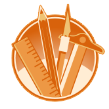
How I Fell in Love With Model Kits: Part 3

Read: Part 1 | Part 2 | Part 4 | Part 5
One day, I was flipping through the Disney Store magazine (remember those?), and I came across an image of a Nautilus model that they were selling. It wasn’t a plastic model; it was an expensive, pre-assembled scale replica. I examined the basic shape of the submarine, and I said to myself, “I can build that out of paper.” Better yet, I could share it online for those who, like me, couldn’t afford the real thing.
I had to teach myself High School geometry all over again with the help of the Internet. Have you ever tried to trisect an angle before? There are many theories out there, but it’s basically impossible to do in the real world (but, you can come close). You would need a computer program with that function built in, and I had not discovered Adobe Illustrator yet. I had the computer to help me, but every shape was designed in my head. Curves were my enemy, too. Cones were worse!
It was so much work just to do the math so that the basic shapes were right and everything lined up properly. It paid off, though. In learning to do the math, I learned to use to use the Internet to research anything that I wanted to learn. It’s a skill that I use to this day.
As I got better at designing paper models, my skills outgrew my tools. The computer programs could no longer produce what I saw in my head. I wanted better graphics, and I wanted to design more complex models. So, I learned how to use Photoshop to enhance the look of my models. It took time, but I was patient; I had learned a lot about being patient in the past. But, I wasn’t prepared for the next curve ball.
To design more complex models, I knew I would have to move on to using 3-D models. It would save me from doing agonizing math, and my models would be very accurate. Blender was my choice, and there really wasn’t a user manual. Photoshop didn’t have a user manual, either, but learning that was a cake walk compared to trying to learn Blender. It was something so completely different . . .
I tried to learn. I got frustrated. I quit.
A few weeks later, I tried again. I got frustrated. I quit.
A month or two later, I decided to tackle the monster again. It chewed me up and spit me back out.
Over the course of 9-12 months, I installed and deleted Blender many times. I kept coming back to it, because I knew that 3-D modeling was the next step. It was a necessity if I wanted my skills to grow. In the end, I tamed the beast, and learned that persistence—and a ton of patience—pays off.
My paper models became more detailed (physically and graphically) and more professional. I eventually got official recognition from the Walt Disney Company, and I began designing paper models for organizations.
I designed a small rocket ship based on Tor.com’s logo, Coca-Cola bears for Dollar General, and even a replica of the San Salvador for the Maritime Museum of San Diego. That last one was another learning milestone; it taught me about presentation. A good paper model (even the instructions) should look good on printed paper.
One year, I designed a few small, original models and gave them out as Halloween treats. They were pre-scored and pre-cut for easy assembly. I only wish I knew how well they were received.
I even tried my hand at building paper models by other designers, learning how they design and assemble parts. There are many ways to approach an idea, and there are many ways to tackle a problem. Keeping a mental database of different techniques is an important tool.
By introducing my nephews to paper crafts and models, I witnessed something powerful. Paper models have the ability to create strong family bonds by both adults and children sharing a common activity. I noticed that my nephews and I became more vocal and interactive with each other when we put kits together. And, the designs inspired creative thought and play. There’s nothing like goofing off with family at the dining room table.
By designing paper models, I learned to appreciate the time and effort that go into them, and how the final product can affect individuals as well as groups.
Read: Part 1 | Part 2 | Part 4 | Part 5
Robert Nava (aka Trader Sam) is the designer of the papercrafts created for Tor.com, Dollar General, and the Maritime Museum of San Diego. This is being disclosed in accordance with the Federal Trade Commission’s 16 CFR, Part 255: “Guides Concerning the Use of Endorsements and Testimonials in Advertising.”

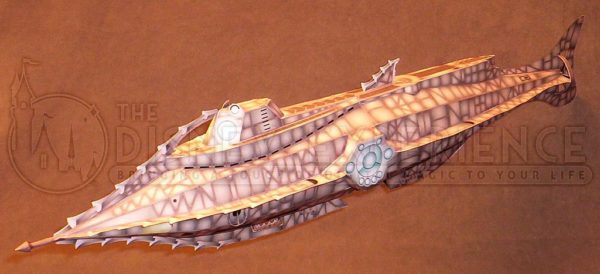
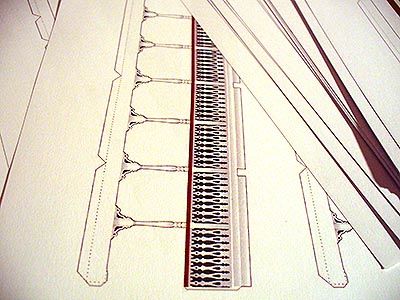
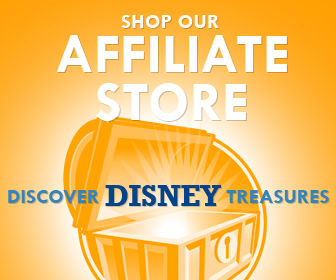
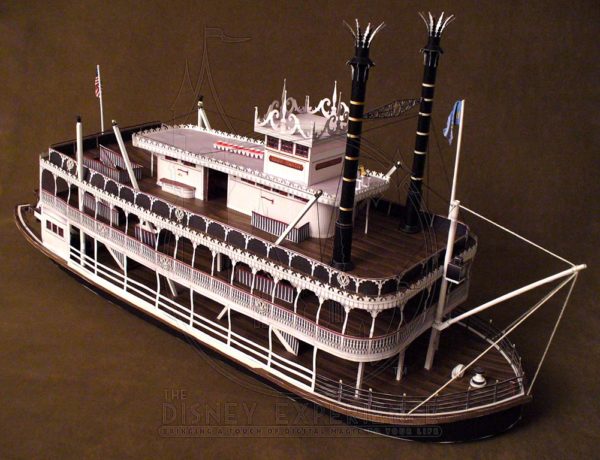
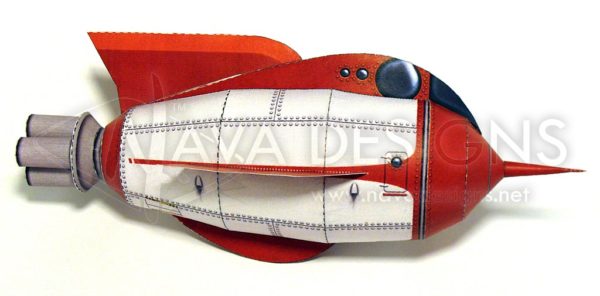
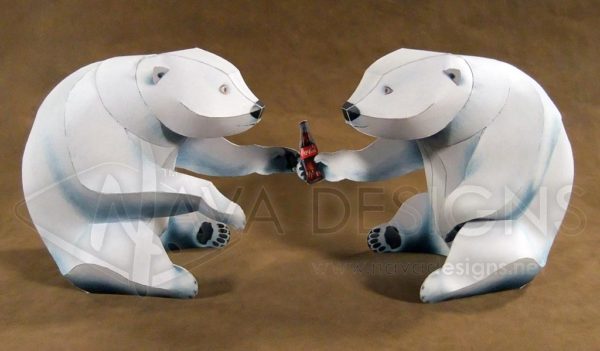
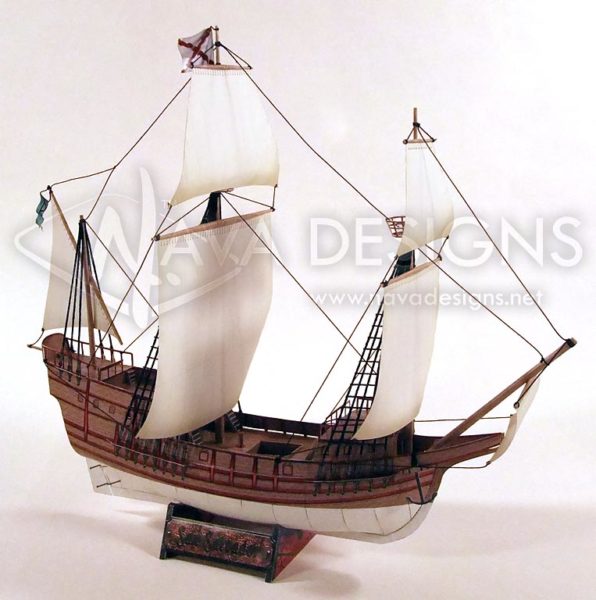
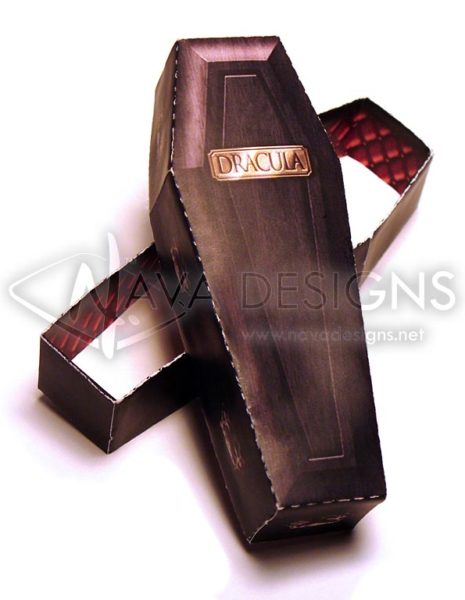
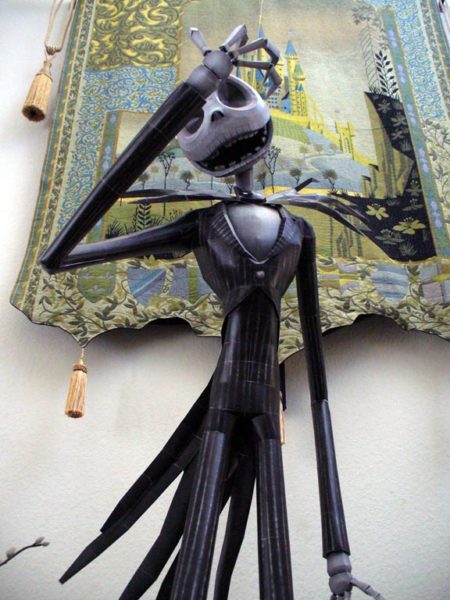
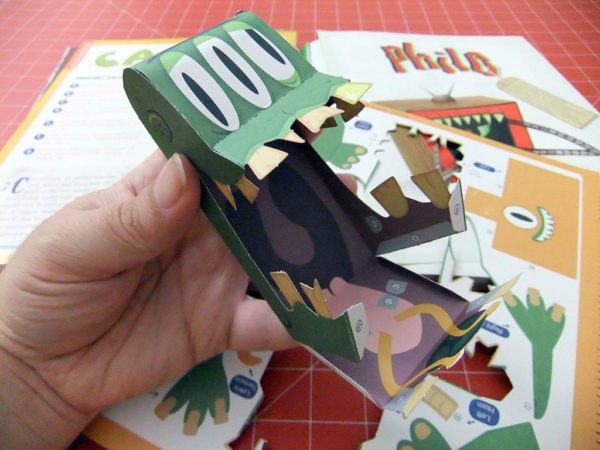
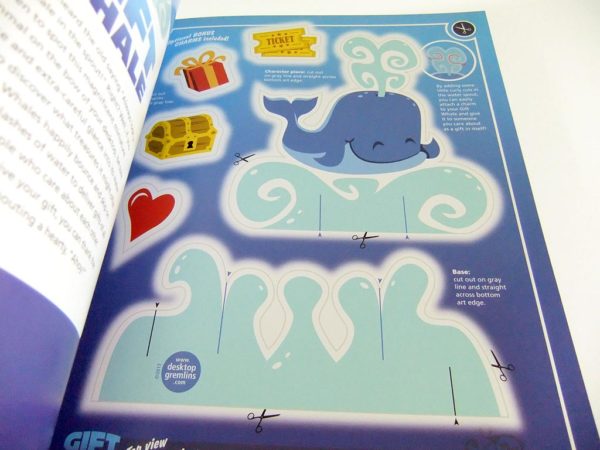
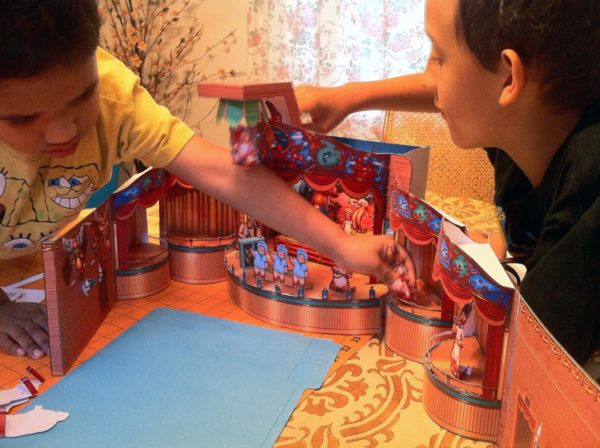
Do you have a thought about this post? Why not leave a comment . . .